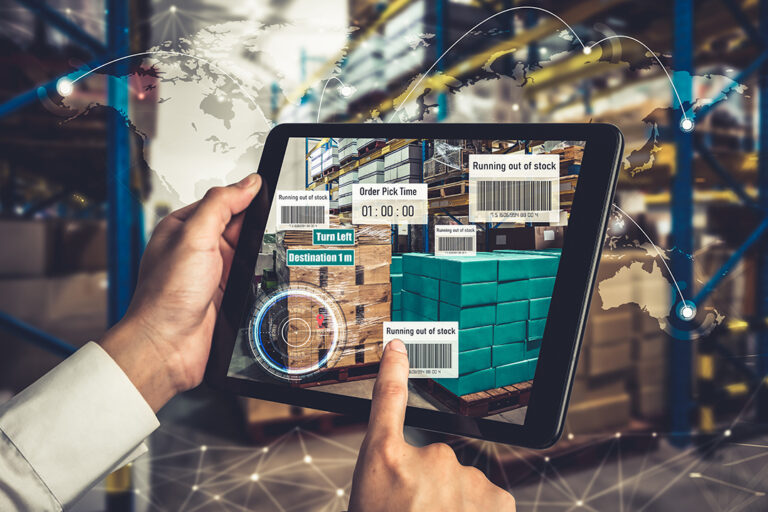Businesses that want to automate their supply chain are often looking to improve flexibility and efficiency. Supply chains can be thought of as drivers of growth, but only if they are optimized and operating properly. As supply chains automate, they provide valuable data that can be accessed in real-time to identify operational deficiencies. Supply chain automation enables businesses to improve operations by delivering seamless workflows.
Why Your Company Needs to Automate Its Supply Chain
Most companies use a variety of systems within their organization, but the gaps between these software applications can lead to inefficiencies. Supply chain automation is using technology to streamline the supply chain and eliminate manual processes. Automation technology like artificial intelligence (AI), machine learning, and digital processes can reduce the amount of manual work necessary to carry out daily functions. This increases workflows to optimize the supply chain.
Over the last few years, businesses have been met with challenges such as:
- Increasing Costs. Price increases for raw materials, fuel and labor are affecting operating costs.
- Demand Fluctuations. Consumer behavior changes can cause fluctuations in demand, making it difficult to forecast and manage inventory levels. According to a survey, almost 20% of operations said fluctuating customer demand is their biggest challenge.
- Sustainability Concerns. Consumers are becoming more aware of their purchasing decisions when it comes to impacting the environment.
- Keeping up with a Global Market. The global market has faced some instability from geo-political events over the last year, which has affected supply chains around the world.
Benefits of Automating Your Supply Chain
There are five main benefits of automating a supply chain:
Automating Manual Tasks
Most supply chains are not entirely digitally optimized. Processes are time-consuming and often depend on a chain of emails being sent. Supply chain management includes the distribution of documents such as the delivery order, dock receipt, BoL (Bill of Lading), etc. Automating the supply chain enables employees to move away from time-consuming tasks to those that need human interaction. Tasks like processing orders, assigning picking slots, and paying invoices can be automated to save time and money. Technology can be employed to carry out these tasks more efficiently and improve the way the supply chain works to reduce inefficiencies.
Increasing Visibility
Transparency throughout the supply chain requires communication and connectivity among involved parties. Traditional supply chains often have unpredictable lead times because of a lack of visibility. Digital automation can record and update data in real-time and give parties access to the information to track inventory, shipments, or activities. Increased visibility allows for issues to be resolved quickly to prevent delays. The visibility to inventory levels helps businesses overstock or understock an item. An automated logistics platform can connect all the systems to create a centralized location for employees to access information.
Flexibility to Respond to Unexpected Situations
If the last few years have been any indication, the logistics and transportation industry is constantly changing and dealing with unexpected situations. Some businesses have had to scale back operations or ramp them up on short notice. Automating the supply chain allows for businesses to adapt to unforeseen circumstances, which is the result of connecting data pieces throughout the process.
Meeting Compliance Regulations
International shipping regulations have changed often over the last few years. Ensuring compliance standards for manufacturers and suppliers that are located all over the world can be a challenge to coordinate. Automation can establish a set business practice that improves risk management and ensures compliance. All parties are able to ensure best practices are being followed. Being able to automate the necessary documentation can ensure that regulations are being met.
Protecting the Supply Chain
Uncertainty can damage the entire supply chain depending on the type of problem. Storms and other weather events, fires, cybersecurity breaches and other events can all negatively impact a supply chain. And while automation cannot prevent some supply chain issues, it can help to mitigate certain situations. For example, an automated notification about a problem with a supplier can be sent to the appropriate employees to be dealt with. Supply chain automation can react to issues immediately.
Verizeal for End-to-End Automation
A comprehensive approach to automating the supply chain can handle disruptions better by brining siloed systems into one. A more integrated supply chain will enhance overall productivity and performance. Verizeal provides a comprehensive logistics platform that will automate manual transportation processes and give full visibility to the entire shipping process. Your supply chain will operate optimally when investing in automation.



